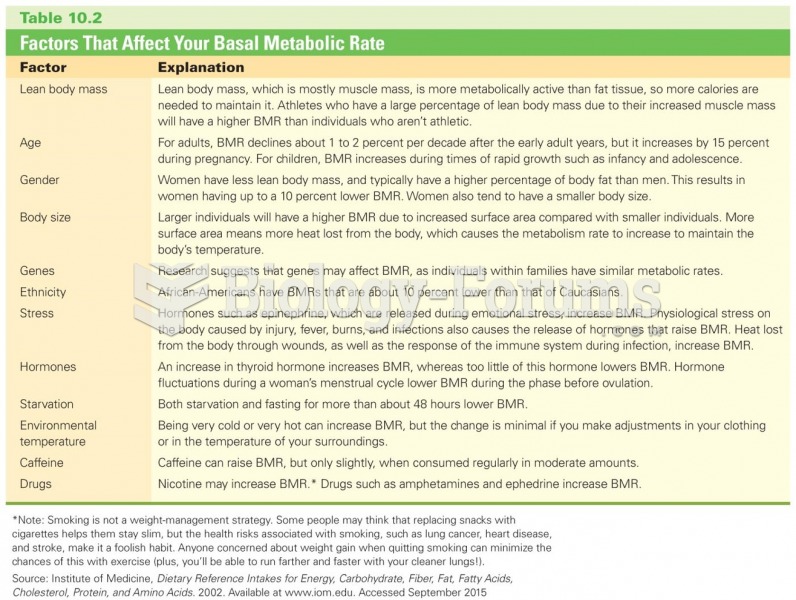Answer to Question 1
A
Dysarthria is a speech disorder caused by a weakness or incoordination of the speech muscles. It occurs as a result of central or peripheral neuromuscular disorders that interfere with the clarity of speech and pronunciation; it does not affect intelligence. It does not stem from rheumatoid arthritis. Occupational therapy can help. Dysarthria does not affect balance.
Answer to Question 2
a, c, d, b
a. Flushing and cleansing the wound helps to prevent the invasion of potential pathogens from the tree into the man's system. It is the nurse's priority because this is the most basic nursing intervention listed to help maintain physiological functioning. Without the wound being clean, the remaining nursing interventions cannot be effective.
b. The lowest-priority task for the nurse is to ensure the broken tree branch does not present a safety hazard, so the nurse questions the older adult for additional information and takes any necessary action to prevent another accident.
c. The second most important task for the nurse is to instruct the patient to keep the wound covered because the inflammatory response can take 48 to 72 hours to begin in an older adult; covering the wound helps to keep the wound clean and prevent contamination. Without the action of the body's defense mechanisms at the wound in an older adult, in-flammatory mediators remain inactive, allowing potential pathogens to remain unchecked and increasing the risk for infection.
d. The third most important task is for the nurse to ensure that the older adult has a current tetanus immunization, because tetanus is associated with breaks in the skin.







